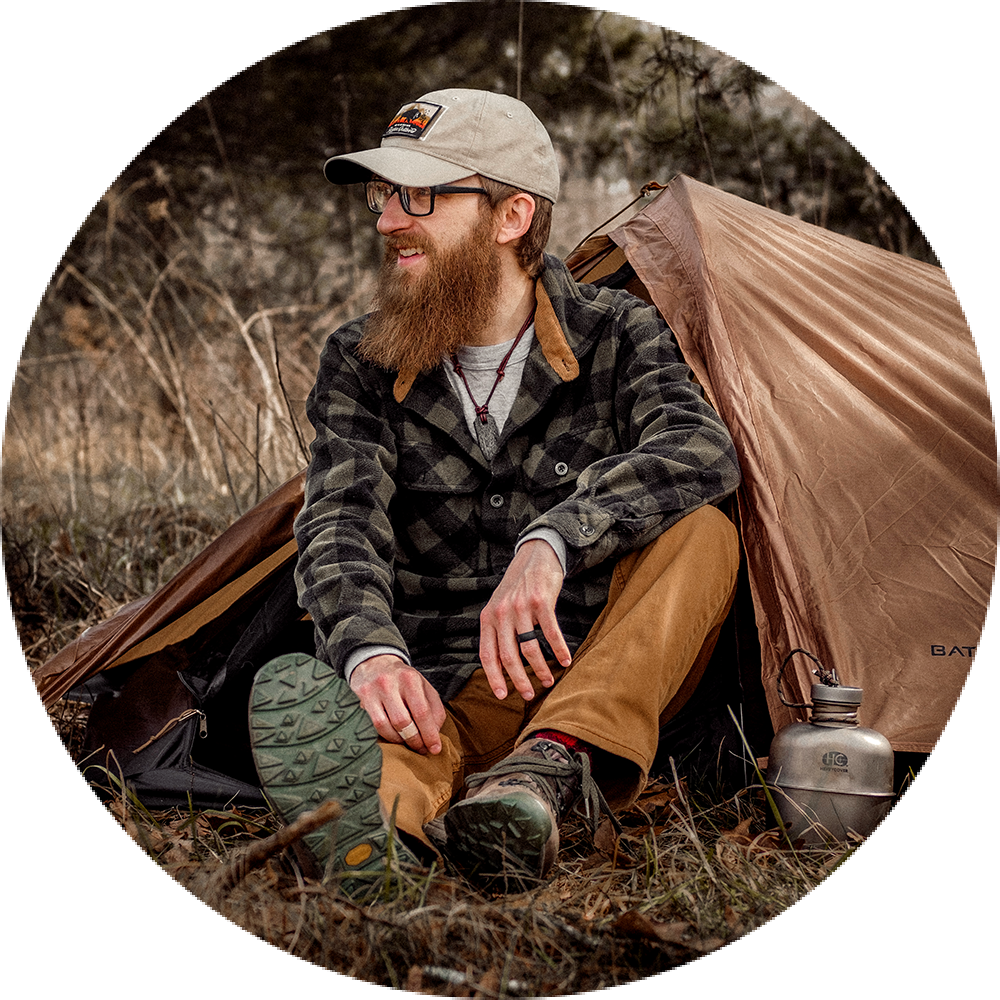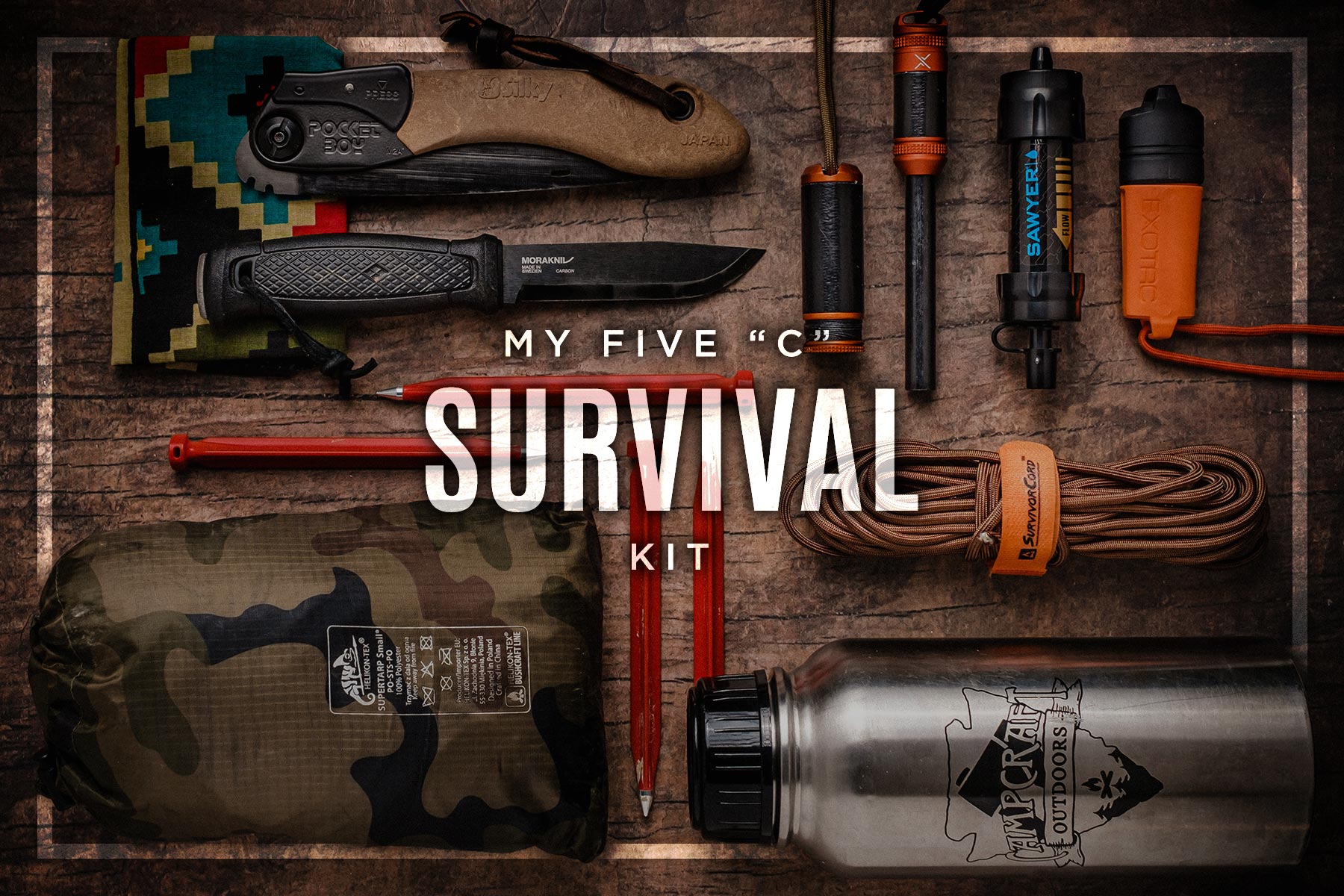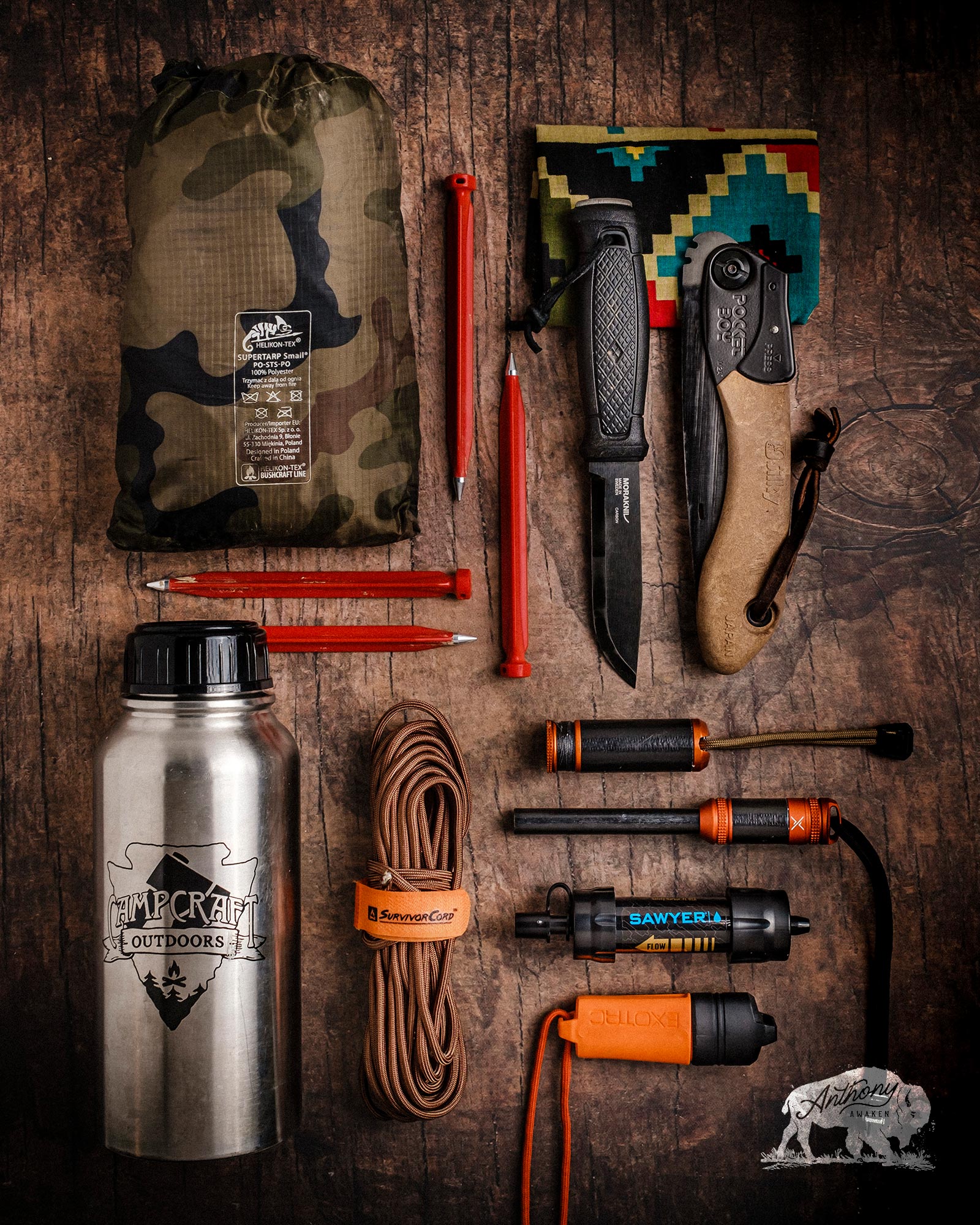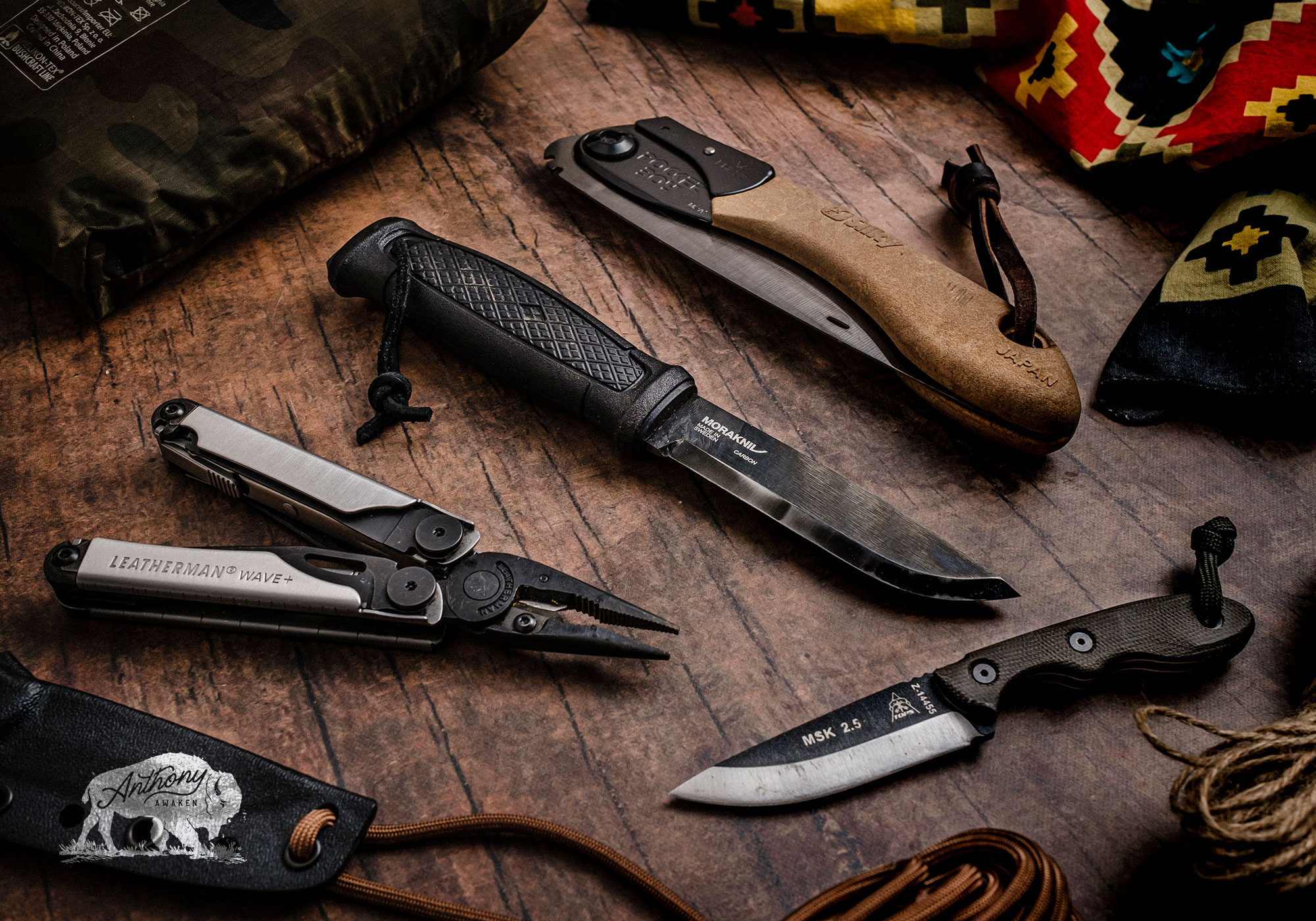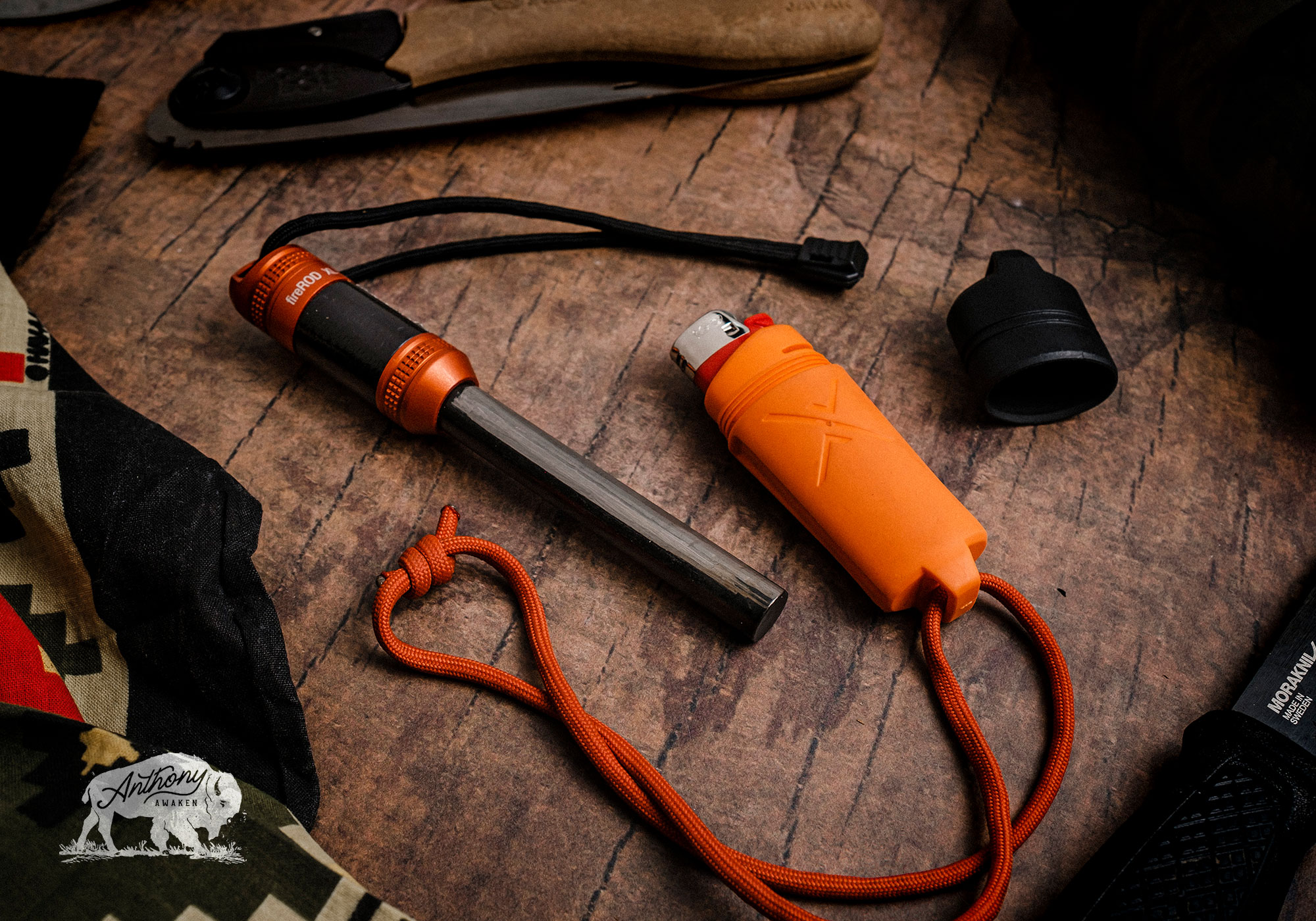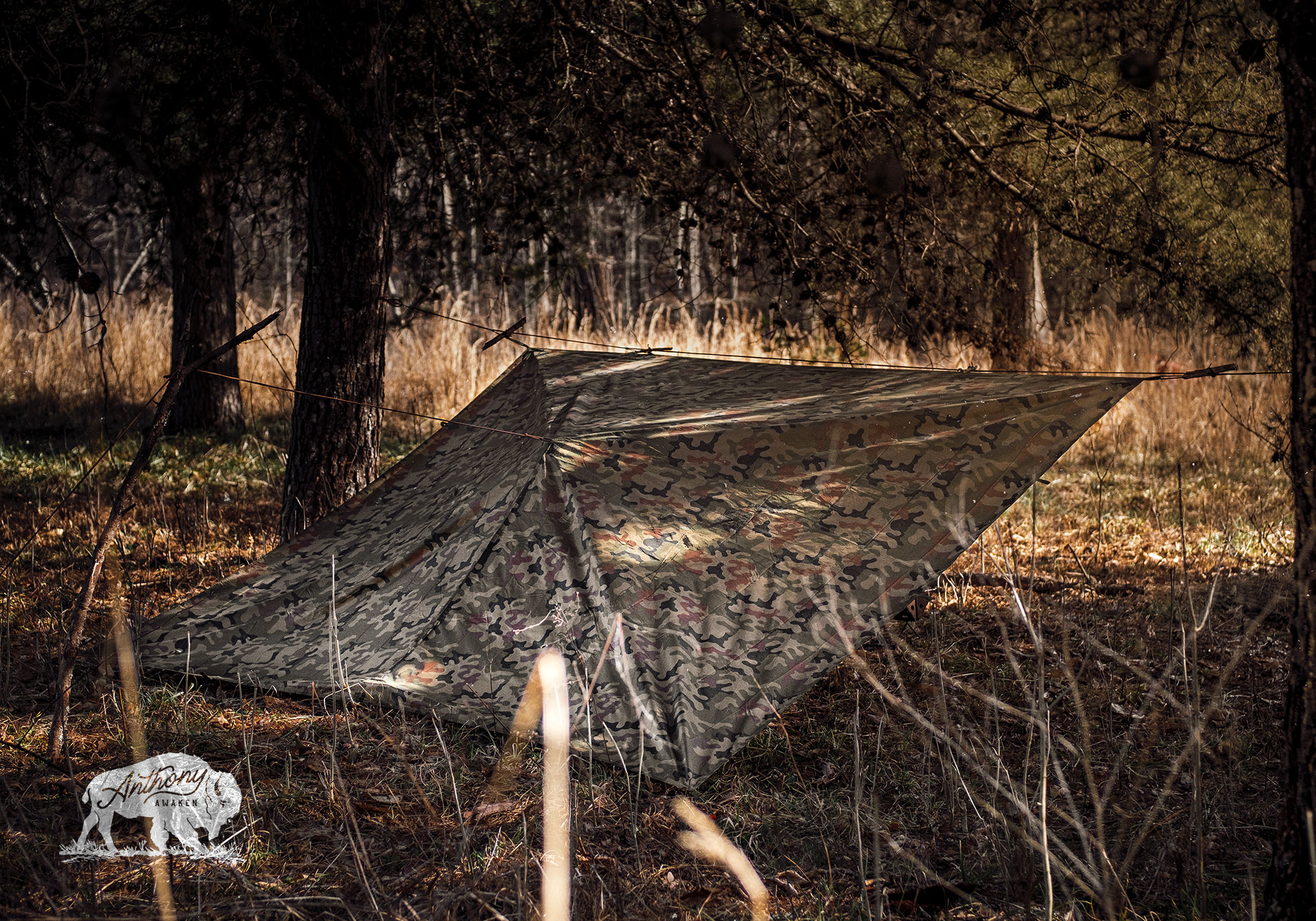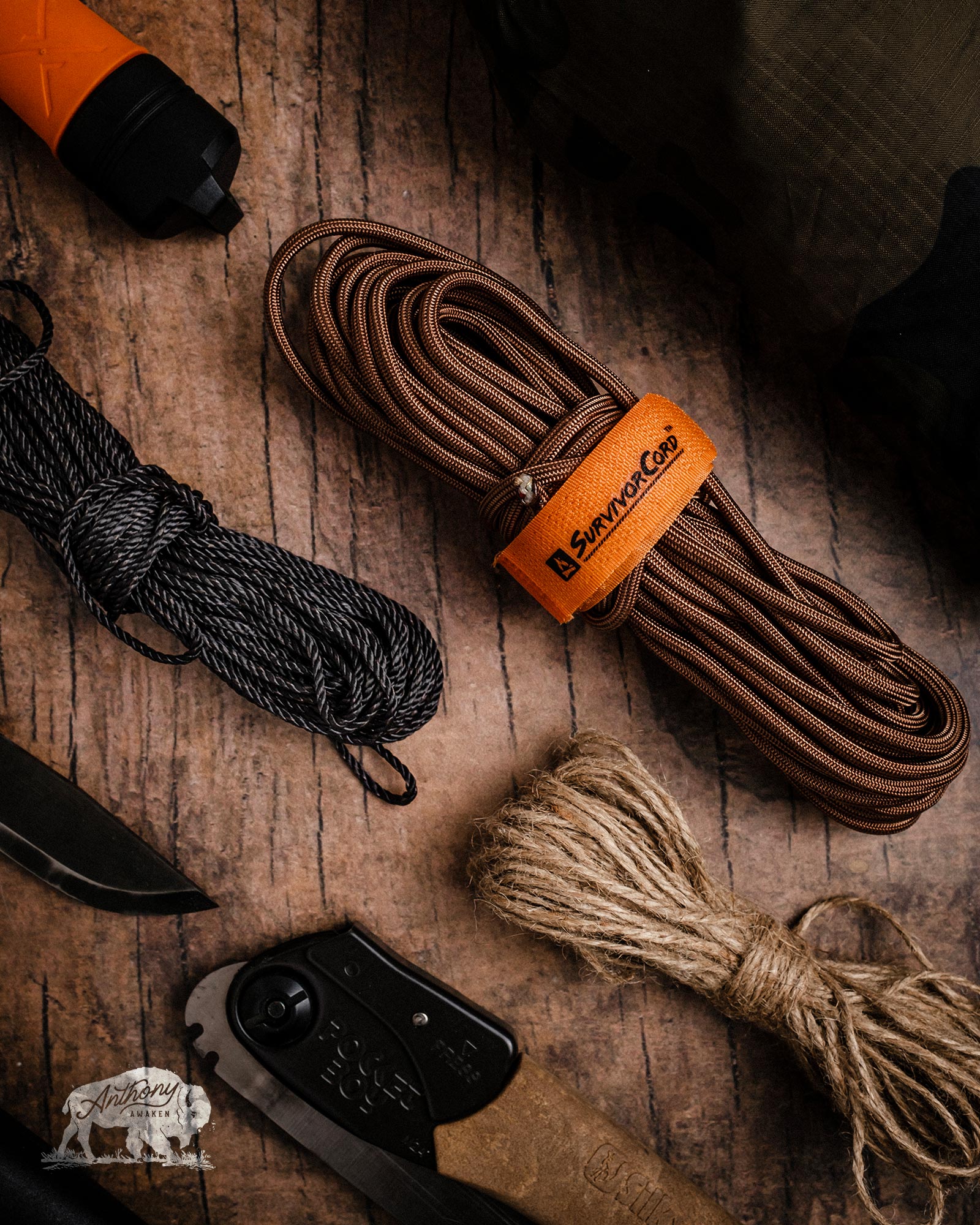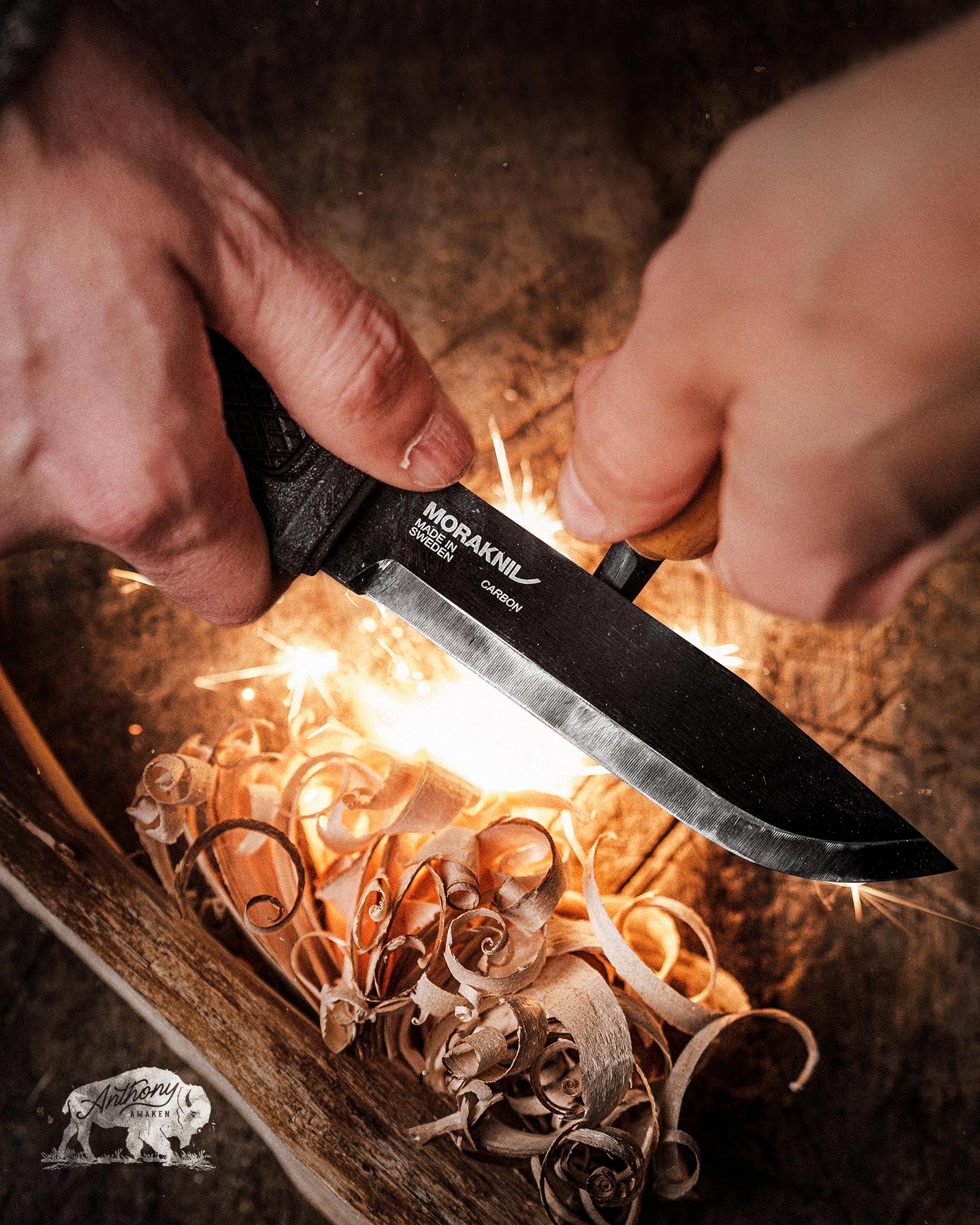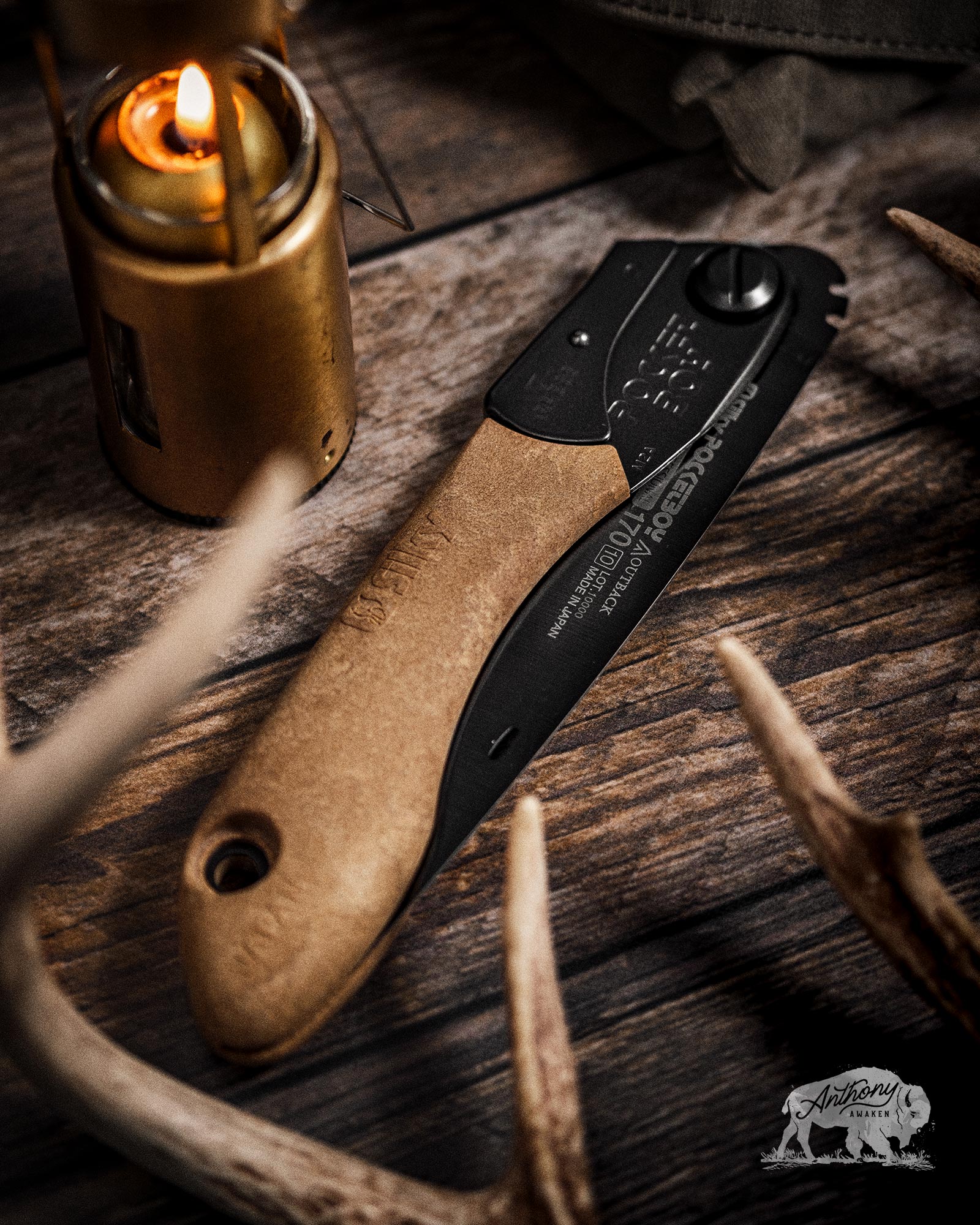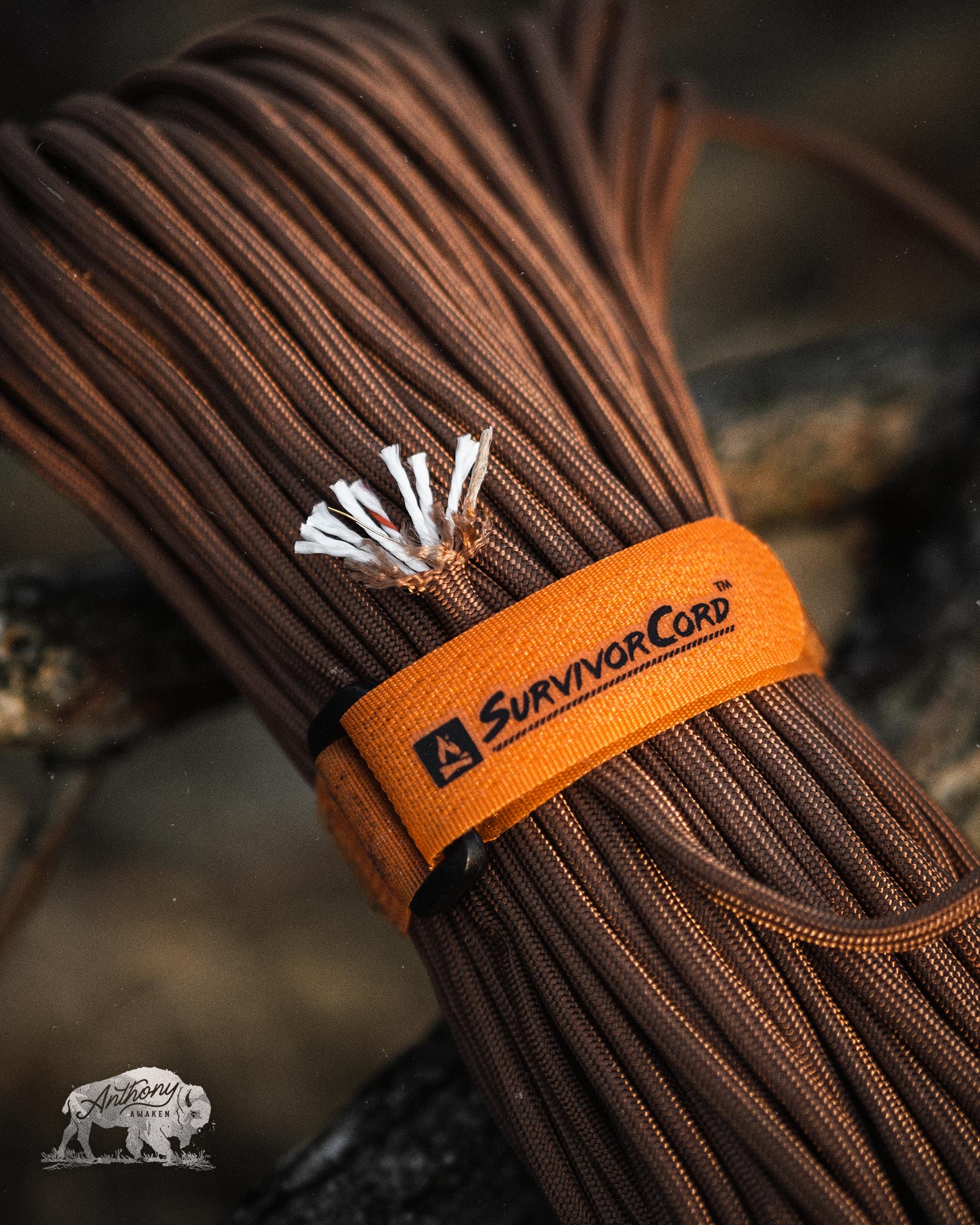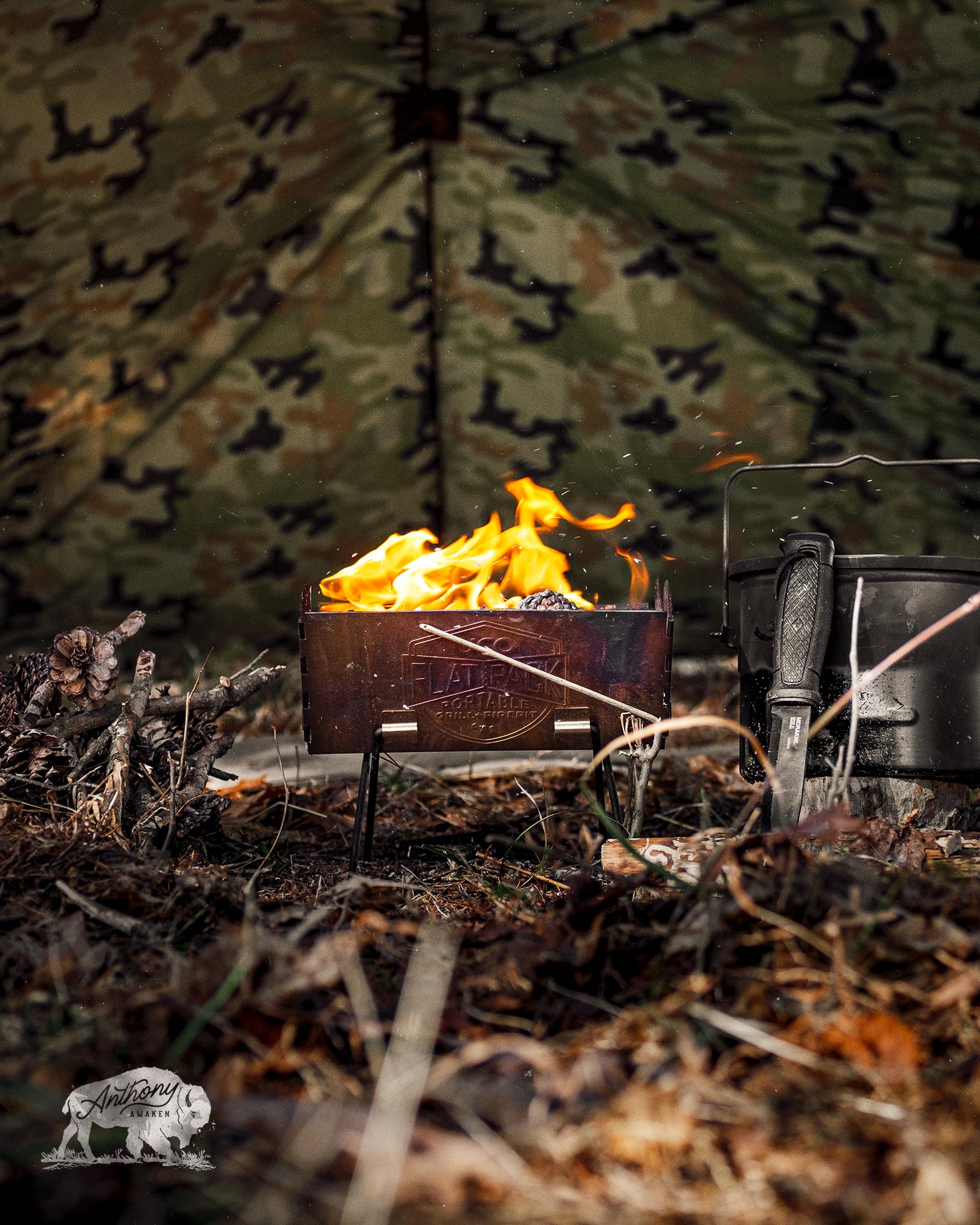My 5 C Survival Kit
One of my favorite checklists is the 5 C’s of Survival. This checklist is a great starting point when building a wilderness or urban survival kit. Going through this simple list ensures that you have the essentials of what you need to stay safe & comfortable in the outdoors.
The reason for these 5 categories of items is simple…These tools are incredibly hard to create or replicate from natural outdoor materials. These 5 categories also help to cover 3 of our essential human needs: Fire, Water, and Shelter.
5 C’s of Survival
Before we get into the specifics of what I like to carry in a barebones 5 C Survival Kit, let’s discuss what the 5 C’s of Survival actually are:
- Cutting:
Fixed blade knives, multitools, axes, and saws all fall under this category. - Combustion:
Firemaking tools and tinder. - Cover:
Tarps, ponchos, and tents. - Container:
Metal bottles are preferred in this category. - Cordage:
Any type of heavy-duty or multi-purpose string.
Again, this list is not meant to be your entire kit. Rather, it’s going to serve as a good baseline to cover your essential needs. For the sake of this article, I am sticking with lightweight and easy-to-carry items. Most of these items can be carried on your person, in cargo pockets, or in a small haversack type of bag.
Survival Knives & Tools
One of the hardest things to replicate in the outdoors is tools. Simple tasks become very complicated without having a couple of good tools around. The list below is meant to serve as a shortlist of some easy to carry, lightweight tools that would fit in any kit.
- Morakniv Garberg Carbon:
This is my favorite mass-produced survival knife on the market and I think it’s a fantastic value. I have used & abused my Mora Garberg’s over the years with zero issues. - Leatherman Wave Plus:
My Leatherman Wave Plus multi-tool is a permanent fixture on my belt. My go-to tools are the pliers for picking up hot items from campfires, the wire cutters for cutting through small branches or wire, the saw for sawing small things (of course), and the file for emergency sharpening of my other tools in the field. - Tops MSK 2.5 Neck Knife:
Sometimes a large fixed blade knife isn’t the best option to have hanging from your belt. That’s when a simple, yet robust neck knife like the MSK 2.5 comes in. It’s easy to conceal and is still capable of doing some essential work. - Silky Outback Pocket Boy Saw:
The new Silky Outback line of saws is phenomenal and everything I’ve wanted in a bushcraft/survival saw. The pocket boy specifically is a fantastic option for keeping things lightweight. But it still has the capability to saw up firewood & do simple tasks around camp. - Other Tools:
I have a mild obsession with outdoor tools and I’m always testing new things. See my latest gear & tool reviews here.
Survival Fire Starters
One of our top survival priorities is creating fire. Fire can help regulate our body’s core temperature, help us with boiling water for disinfecting and it is a huge morale boost. Here are a few of my favorite firestarters as of right now:
- Exotac Waterproof Lighter Sleeve:
A BIC lighter is hard to beat when you need a fire quickly. And the Exotac fireSLEEVE makes a BIC lighter even better by waterproofing it. - Exotac fireROD XL:
This is one of my all-time favorite ferro rods. The size is perfect for all weather conditions, especially when your dexterity is low. The fireROD XL also includes a waterproof tinder capsule in the handle, along with duct tape (which can be shredded up & lit on fire). This is truly an all-in-one fire-making package. - Tinder Materials:
For a minimal 5 C Kit like this one, I would also recommend adding an Altoids tin of charred material. A small baggie of vaseline-soaked cotton balls would be a great addition for wet weather fire-starting as well.
Use coupon “anthonyawaken” for 20% off here
Best Survival Shelter Tarp
A nylon tarp like the Helikon-Tex Supertarp is incredibly hard to beat for a 5 C Survival Kit. These tarps are lightweight and pack up small. However, they are large enough to fit 1 or 2 people under them when put up in a lean-to type of configuration.
The only drawback to a nylon tarp is that they are prone to getting ember holes in them if you have a large fire nearby. With that said though, I always have one of Helikon-Tex’s lightweight tarps with me, along with 6 ground stakes & a premade ridgeline.
Survival Water Bottle & Filter
I have tried a lot of water bottles & filters over the past couple of years. But I have landed on the simple pair that you see above as my go-to options.
- A simple metal water bottle:
Bottles with filters built-in are awesome. But you can’t boil in them. With this metal water bottle, I can hold water, boil in it, cook in it, and even make charred material for my fire kit if I really need to. - Sawyer Mini Water Filter:
I keep a Sawyer Mini in all of my kits now (the bag, backflush syringe are not pictured above). These filters are lightweight, easy to use, and very affordable. I keep one of these around for times when I either can’t or don’t want to boil my water.
Best Survival Cordage
Have you ever tried to make cordage out of natural or recycled materials? It takes a LONG time to make good cordage. That’s why cordage makes it on this list. Plus, it’s lightweight and takes up very little room. Here are a few of my favorite types of cordage to carry along.
- Titan Survivorcord:
This cordage is everything regular paracord is and more. If you split it apart it features fire tinder, utility wire, fishing line, and 7 nylon strands. After trying Survivorcord, I’m never going back to regular paracord. - Jute Twine:
Jute twine is fantastic natural cordage that you can buy for cheap. You can use it to tie things up, of course. But, you can also fluff the jute twine up and make it into a bird’s nest for fire-making. - No. 36 Bank Line:
Bank line is one of my go-to types of cordage when I don’t need a high breaking strength. It’s ideal for use with tarp shelter knots, tying tripod lashings, and things of this nature.
Let’s keep in touch.
I hope you enjoyed seeing my 5 C Survival Kit and a bit of my mindset about this checklist. But let’s not stop with this article…Stay in touch with me. I am constantly testing new kits and all sorts of great gear. I’d love for you to keep in touch with me by signing up for my emails at the end of this post and following me on Instagram & Facebook.
Read Next: See my latest gear | Bushcraft Gear Reviews

